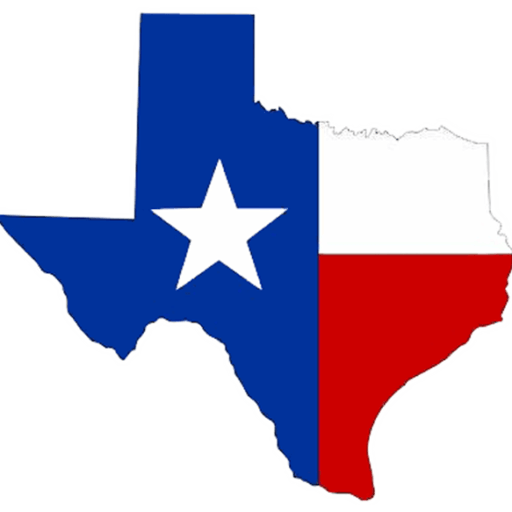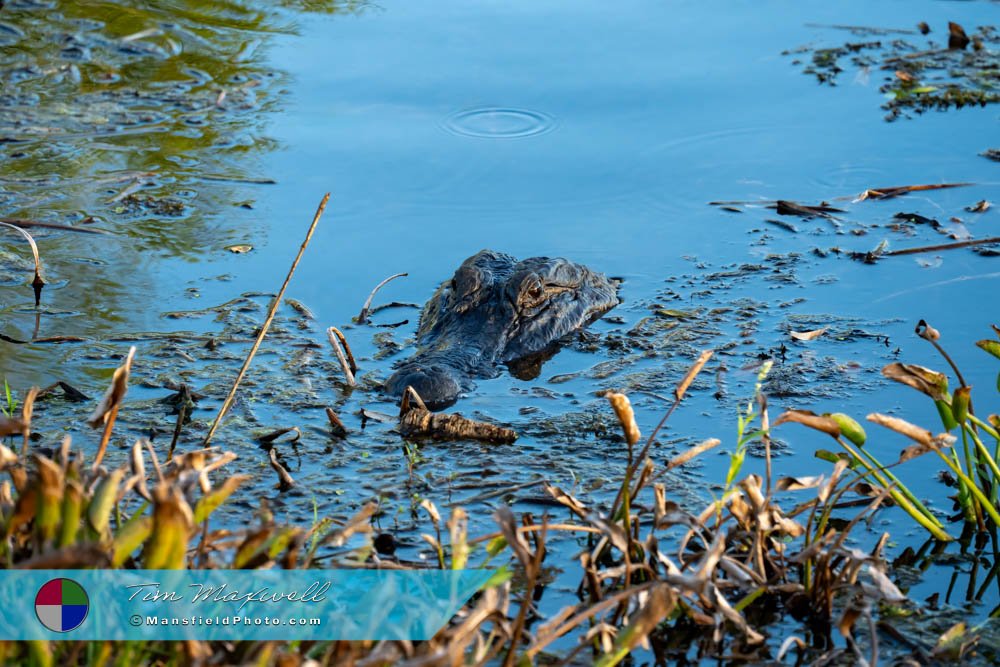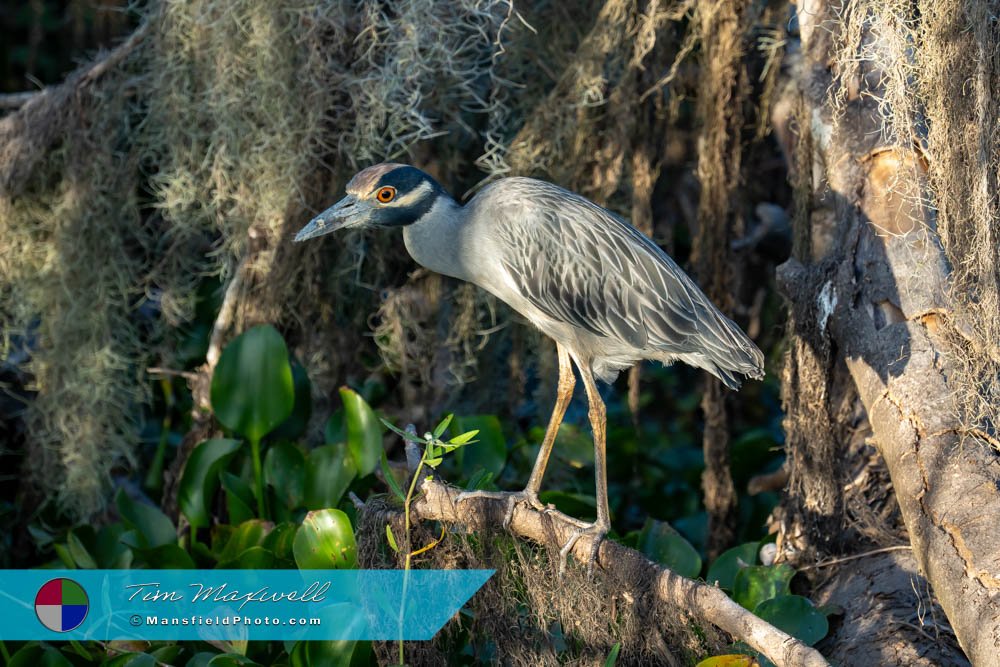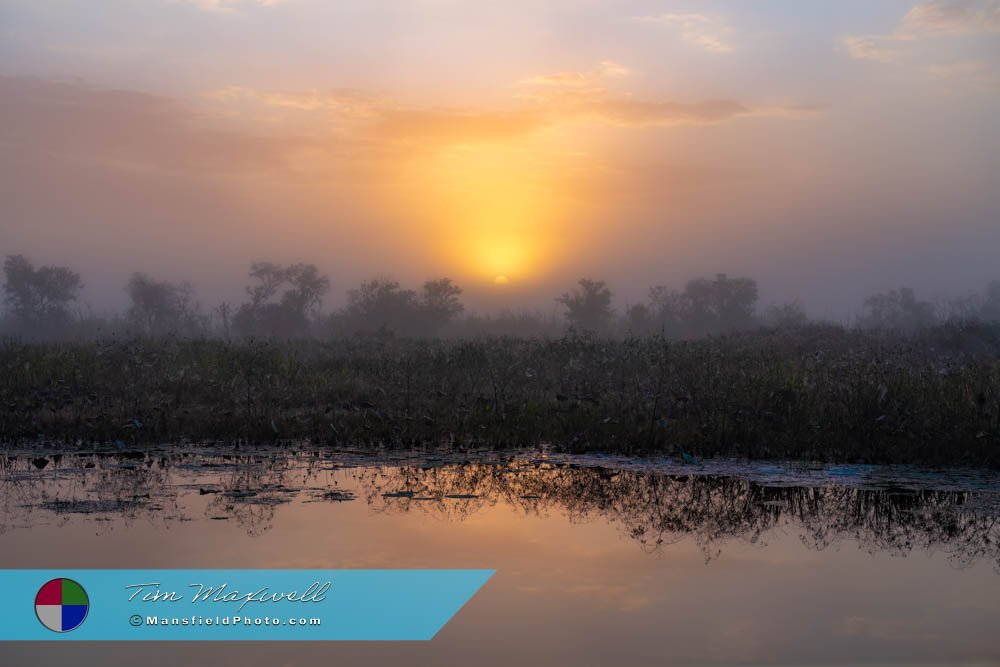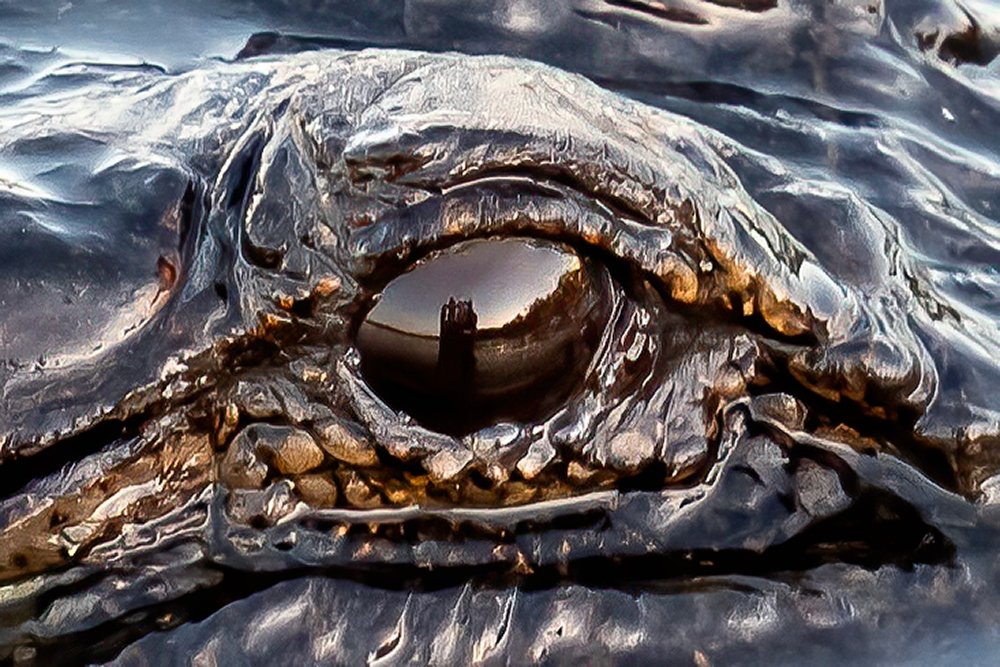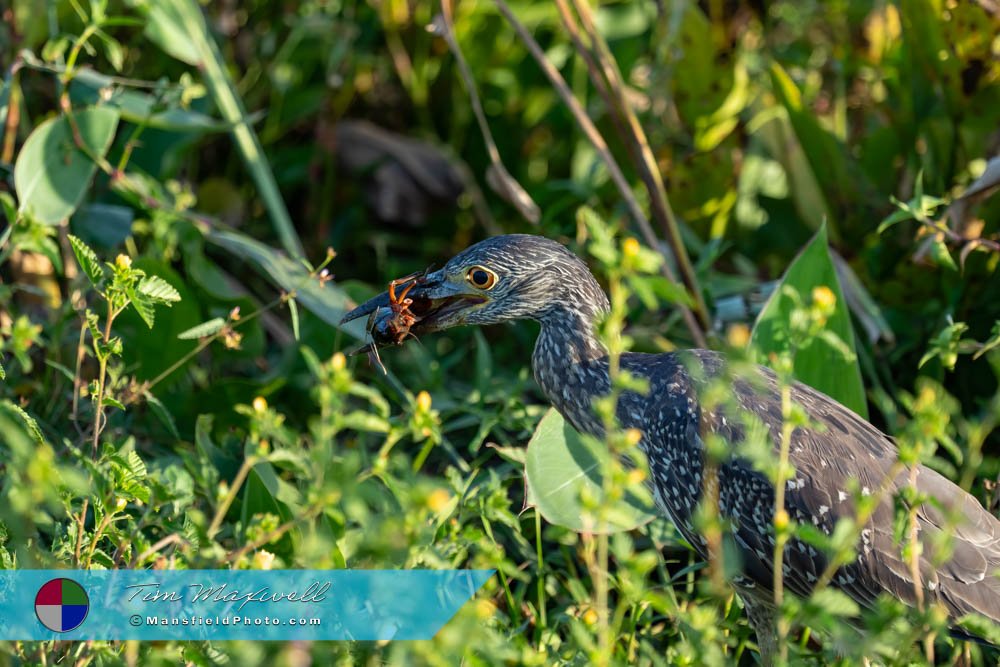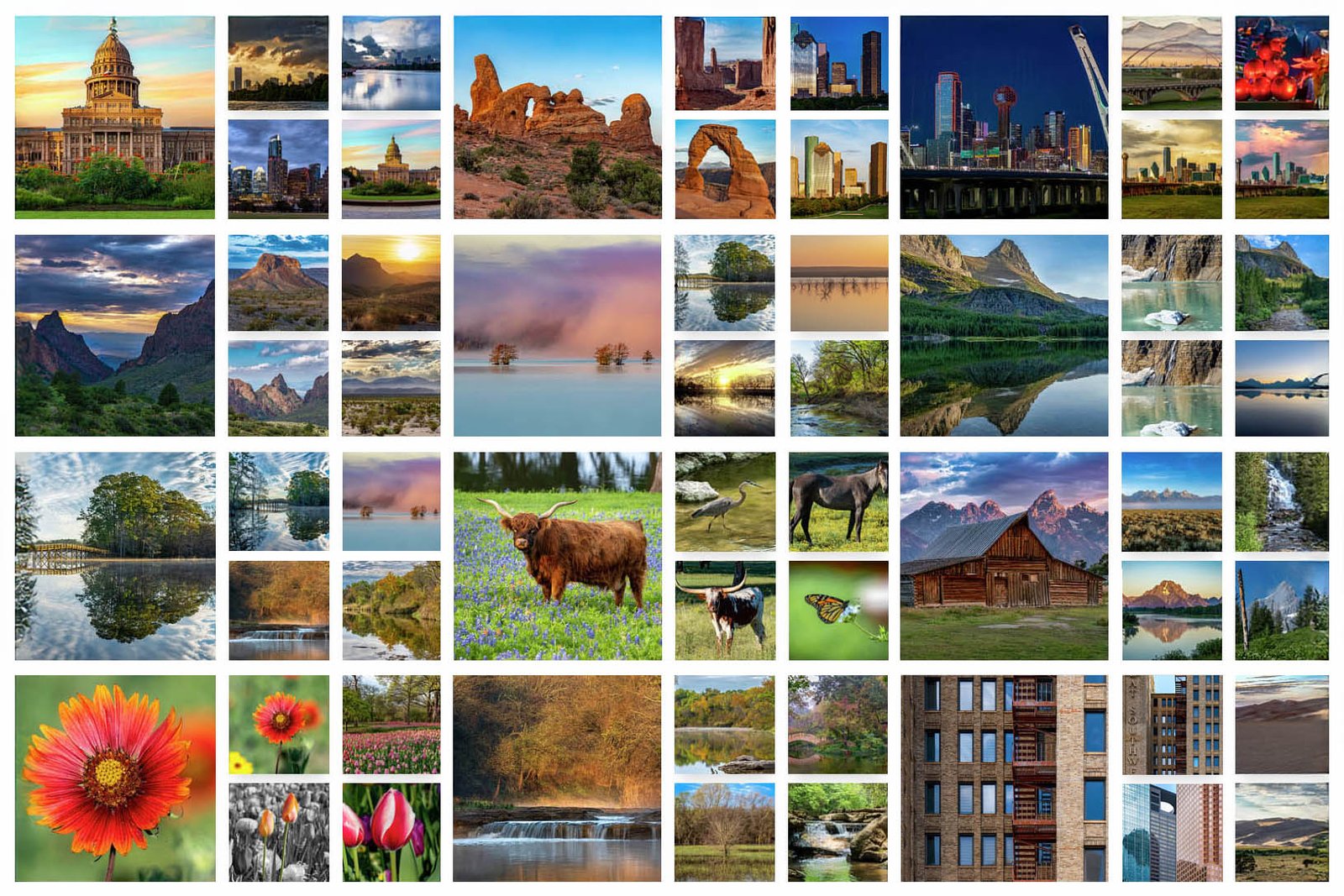The eye is the lamp of the body. If your eyes are healthy, your whole body will be full of light. – Matthew 6.
Just an hour from Houston, Brazos Bend State Park is a Texas gem for nature enthusiasts and photographers alike. The park covers over 5,000 acres of diverse ecosystems, including lakes, swamps, woodlands, and prairies, making it one of the most photogenic locations for both landscapes and wildlife. Having only one day and night here, I quickly realized I had entered a true wildlife haven. The park’s richness in animal life and scenic views left a lasting impression on me and resulted in some of the best wildlife shots I’ve ever captured.
Evening Adventures: Wildlife Encounters by 40-Acre Lake
My journey started with an evening hike to the observation tower near the iconic 40-Acre Lake, which, as I quickly found out, resembles more of a marsh than a lake. Here, the landscape opened up to wide views filled with birds, trees, and the occasional gliding alligator. From the tower, I spotted an alligator in Pilant Lake, moving purposefully, with its snout above water and body creating small ripples—a reminder of the quiet, ever-present thrill of Brazos Bend.
As the sun began its descent, I turned to 40-Acre Lake, catching sight of another alligator on the move. I felt like a silent observer of a hidden world as these creatures moved through the water with a primal grace. I then followed the trail for a bit when I noticed a juvenile Yellow-Crowned Night Heron, intently focused on its recent catch—a crawfish. I watched in fascination as it worked the crawfish back and forth in its beak, expertly crushing it before swallowing it whole. Capturing this moment was a testament to the park’s natural wonders.
With about 30 minutes of daylight left, I began making my way back to the observation tower. Just a few yards from the tower, I noticed another alligator, only a couple of feet from the lake’s edge to my right.
Despite its intimidating presence, it seemed non-threatening, resting in the warm evening light. The low sun cast a gentle glow over its rough skin, creating the perfect light for a close-up shot. I paused, snapped a few photographs, and was thrilled with how beautiful the images turned out, capturing both the calm and power of this remarkable creature. Moments like these are the heart of wildlife photography, where timing and lighting work together to create unforgettable images.
Photographing the Golden Hour: A Heron and an Anhinga
The evening light was perfect for wildlife photography, casting a golden hue over everything. Just as I thought my evening couldn’t get any better, I spotted an adult Yellow-Crowned Night Heron perched on a branch, its feathers illuminated by the soft light. This single frame, highlighting the heron’s striking profile, became one of my favorite wildlife shots. The encounter reinforced why golden hour—the hour before sunset and after sunrise—offers unparalleled beauty.
Continuing down the path, an Anhinga came into view, perched on a tree branch over the lake. With its wings spread wide and flapping, it was likely drying off, as Anhingas don’t have waterproof feathers. Though the angle wasn’t ideal for lighting, I captured a few frames and even shot some video footage, which I later enjoyed for its candid, natural beauty.
A Surprise on the Pier: Reflections in an Alligator’s Eye
As twilight deepened, I returned to the pier at 40-Acre Lake. To my delight, another alligator surfaced nearby. The sunlight had faded, but I took a few low-light shots, aware that post-processing the images might reveal details.
Once back home, zooming in on the alligator’s eye revealed my reflection standing on the pier! This unexpected “self-portrait” in the alligator’s eye reminded me of how a good mirrorless camera can capture hidden details in low light. It’s moments like these that make wildlife photography at Brazos Bend both thrilling and rewarding
Morning Magic: Sunrise Photography and Fog
The next morning, I woke up well before dawn, hoping to catch the predicted fog as the sun rose. I returned to the pier and waited in the cool, predawn quiet as the first light began to filter through. The sunrise was magical—pinks and soft yellows infused the fog-laden landscape, creating an ethereal atmosphere that was perfect for landscape shots. Watching the fog lift with the sun’s warmth reminded me of the beauty in simple, quiet moments.
As I snapped photo after photo, I was reminded again of how critical timing and light are to capturing nature at its most beautiful. The delicate morning light coupled with the mist created some of the most serene landscape shots I’ve ever taken.
The Wildlife at Brazos Bend: More Than Just Alligators
While alligators are some of the main attractions at Brazos Bend, the park is teeming with other wildlife, from egrets and herons to turtles and deer. Bird-watchers will be thrilled by the variety of species, especially in areas like Elm Lake and 40-Acre Lake, where water birds gather in abundance.
As I explored the park, I realized that one day wasn’t nearly enough to see everything. However, even a brief visit provided ample opportunities for breathtaking wildlife photography.
Tips for Wildlife Photography at Brazos Bend
Brazos Bend State Park offers plenty for photographers at all levels. Here are some tips that might help you make the most of your visit:
- Plan Around Golden Hours: Aim to photograph wildlife in the early morning or late afternoon when the light is soft and warm. This timing also tends to bring out more animal activity.
- Bring a Telephoto Lens: For safely capturing alligators, birds, and other wildlife, a telephoto lens will help you get detailed shots without disturbing the animals or risking safety.
- Be Patient and Observant: Wildlife photography requires a calm approach. Take your time to observe animal behavior; often, the best shots happen when you wait for animals to relax or engage in natural activities.
- Respect the Wildlife: Above all, keep a respectful distance from alligators and other animals. Brazos Bend is their habitat, and it’s essential to observe from afar without intruding on their space.
Final Thoughts: A Must-Visit for Photographers and Nature Lovers Alike
Brazos Bend State Park exceeded all my expectations as a destination for wildlife photography. With its diverse habitats and abundant wildlife, the park is a must-visit for anyone with a passion for nature and photography. While I generally focus on landscapes, this park changed my perspective, showing me how rewarding wildlife photography can be. With memories of herons in golden light, an Anhinga drying its wings, and alligators gliding through still waters, I left Brazos Bend with a renewed appreciation for Texas’s wild side and a camera full of treasured moments.
Whether you live nearby or are planning a trip from afar, Brazos Bend is well worth the journey.
Author: Tim Maxwell
